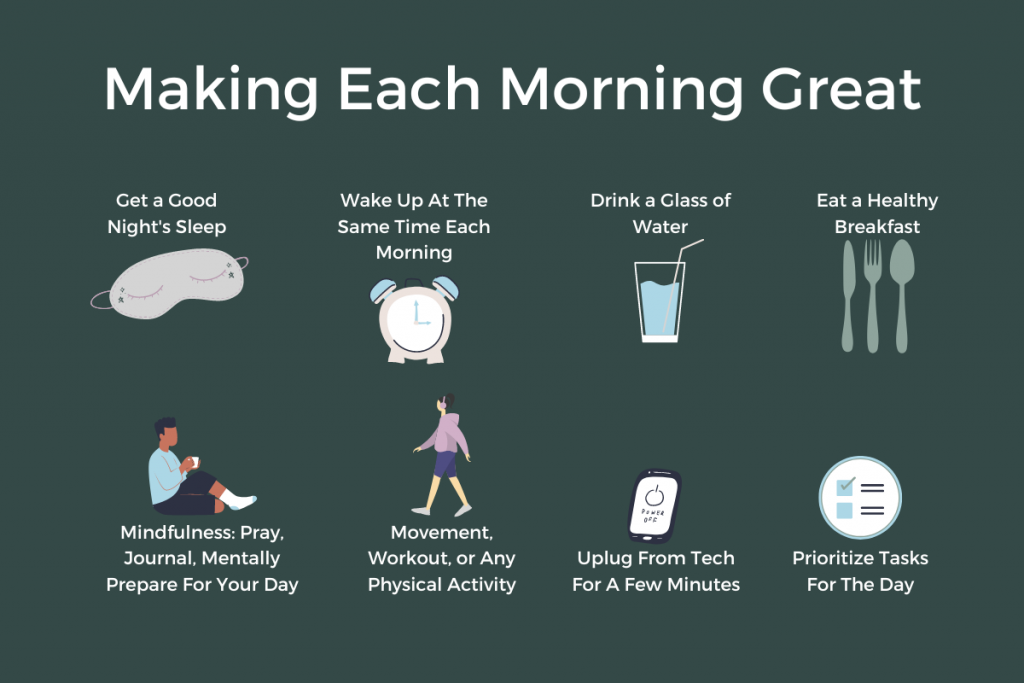10 Ways to Save Money at the Grocery Store
There are so many transitions that September offers … changes in the weather, activities and routines, we are all experiencing changes in inflation, and we are really feeling it at the grocery store.
Here are some tips to help you save money at the grocery store and still eat healthy.

- Budget – Have a pre-determined amount of money that you know you are going to spend on groceries before you go to the store. The Spend Smart Eat Smart website and app through Iowa State Extension has a lot of great information, recipes, and a budget calculator to help you determine what your grocery budget should be.
- Make a meal plan – Having a plan for dinner and a few breakfasts, lunches, and snacks will help you know exactly what you need to buy and help to avoid impulse purchases that can add up.
- Shop your pantry and freezer first – Double check what you already have in your pantry or freezer. Incorporate what you already have into your meal plan to save money and use up foods before they expire or spoil.
- Stick to the list – It’s so easy to get distracted when shopping either at the store or on-line which can lead to purchasing things you didn’t plan for and that can really add up.
- Know when to shop– Experts say to shop on Wednesdays because that is when stores restock and put some things on sale. Really, anytime is good but try to avoid weekends. Try to shop the perimeter of the store where there are more whole foods. The middle of the store tends to have more processed foods that usually cost more. Don’t shop when you are hungry! If you are hungry. you are more likely to stray from the list and the budget.
- Know where to shop -We all have our grocery store favorites but switching up where you shop can help you save money on your grocery bill. Consider shopping at stores with the best sales and coupons, or the ones that tend to have food for less money. Mixing it up can help you save time and money.
- Shop for in-season produce or purchase frozen fruits and vegetables– Locally grown in season produce is generally cheaper than out of season and bonus it is also usually at its peak in flavor and nutrition. Quick frozen produce is just as nutritious, less expensive, available year-round, and come with the advantage of using only what you need.
- Buy less expensive cuts of meat or other protein choices– Meat can take up a big chunk of the grocery budget. Choosing cuts of meat that cost less can work just as well in recipes and lessen the load on the budget. Incorporating other protein sources like beans, lentils, eggs, and canned fish along with meats or in place of can also help the budget.
- Buy whole foods and generic brands– Often foods are more affordable when they are less processed. For example. a block of cheese is less expensive than shredded and can be shredded at home. Less processed foods offer more servings per package which can add up the savings. For example, buying whole grains like brown rice or oats will provide more servings than premade/cooked.
- Choose “convenience” wisely– Convenience foods that are pre-cut or pre-made and are all ready go have their place in helping you eat at home and can help minimize waste. However. often they are also more expensive. Use them to your advantage but also make them work in your budget.

Making Each Morning Great
Turn each morning into a great morning with a little routine. An established morning routine can help set the tone and prepare you for the day ahead, increase productivity, lower stress, and boost energy levels. Choose things that work best for you but here are a few things to consider adding to your morning.
- Get a good night’s sleep
- Wake up at the same time each morning
- Drink a glass of water
- Eat a healthy breakfast
- Take a moment for mindfulness: pray, journal, and mentally prepare for your day
- Do some sort of movement, workout, or physical activity
- Unplug from technology for a few minutes
- Prioritize your tasks for the day
The First Meal of the Day
Starting your day with some nutrition within a few hours of waking provides energy your body needs for the day ahead. It’s kind of like going on a road trip with a full tank of gas. The first meal of the day helps you be more alert, focused, and improves mood because the brain has the fuel it needs to function at its best. For school-age children it is especially important to fuel and nourish their bodies and brains from the start of the day. It helps them pay attention and do better in school. Having a first meal of the day that includes protein and whole foods (wholegrain, fruits, vegetables, nuts/ nutbutters, dairy) will help keep you full longer and avoid blood -sugar spikes and crashes.
Be Safe Out There
WRITTEN BY YOUR NEIGHBORHOOD BOOTCAMP INSTRUCTOR
As the season shifts you may find your fitness routine and physical activity doing the same. Just a friendly reminder to be safe out there and participate in whatever you do safely. Health experts suggest moderation and consistency with physical activity taking into consideration factors like age, health history, and personal strength and stamina. It is always recommended that you consult a health care professional before starting an exercise routine. especially one that is potentially strenuous. Other safety precautions include wearing appropriate gear and staying hydrated. Take time to warm up and cool down which allows the body to transition in and out of activity safely. Practicing exercise safety can really help ramp up health benefits in your fitness routine, prevent injury, and help with consistency to keep you moving all season long.

Linda is our Registered Dietitian Nutritionist that uses a balanced approach to health and wellness, focusing on nutrition, movement, sleep, and connecting you with other appropriate health resources.
Linda understands and recognizes the courage needed to take the first step in caring for yourself and starting your own health and wellness journey. Learn more about Linda’s services like individual wellness and nutrition consultations, ministry and church wellness consultations, and group presentations here!
Want more wellness content like this in your inbox once per month?
Don’t worry, we won’t spam you. Nobody likes that 😉

